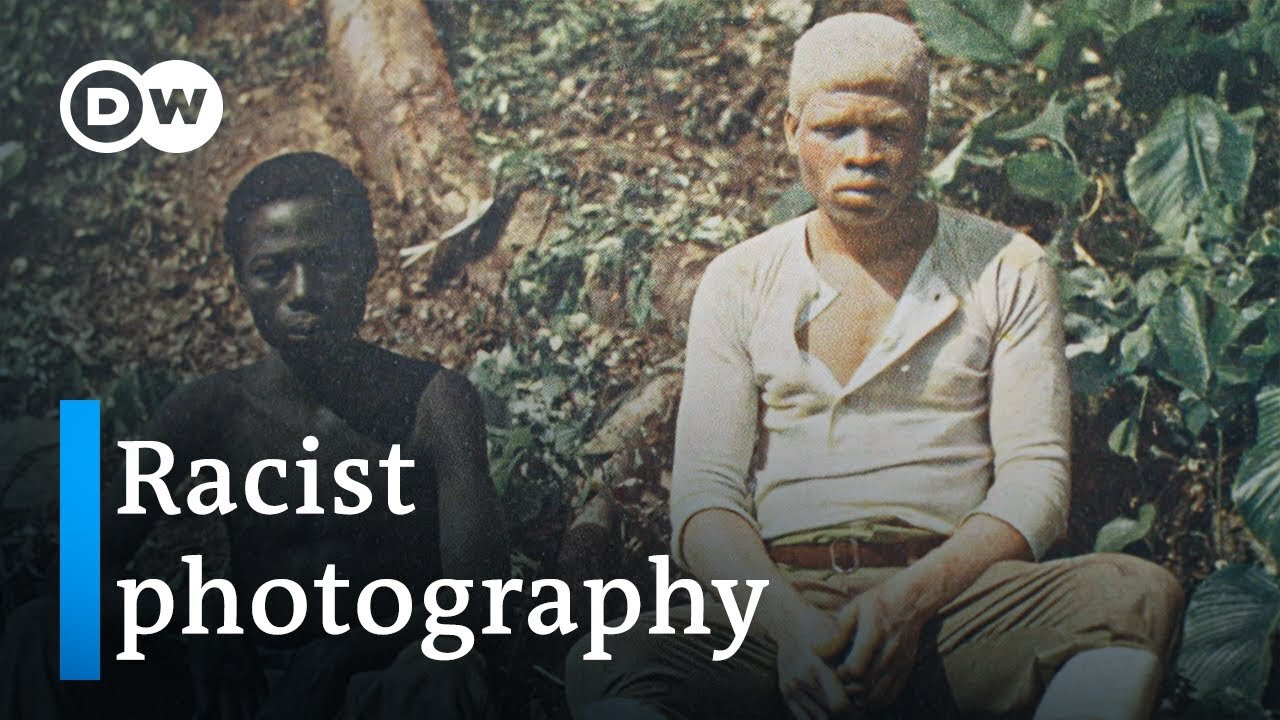Premium Only Content

Faces of colonialism: the story of an imperialist propaganda
For a long time, photographer Robert Lohmeyer shaped the European view of Africa. During his travels, from 1907 to 1909, he photographed the German colonies -- in color, for the first time. In doing so, he laid the photographic foundations of racism.
The young photographer‘s trip to the German colonies of Togo, Cameroon, German Southwest Africa (now Namibia) and German East Africa (now Tanzania) was taken at the height of German imperialism. In his photographs of his travels, Robert Lohmeyer generated enthusiasm for these distant lands that Germany considered its possessions.
Making use of the most up-to-date photographic equipment at the time, Lohmeyer’s project was a meticulously planned PR campaign. Its goal? A celebration of colonialism and empire.
Lohmeyer’s resulting photography books were seen by huge numbers of people. Even today, the pictures are still in circulation. Lohmeyer's photos convey the image of a "peaceful savage" in a paradisiacal landscape. A colonial idyll. Because the images are in color, they evoke a feeling of authenticity and truthfulness. War, disease, hunger and death do not appear in Lohmeyer's pictures.
Based on unpublished written sources and photographs, the documentary follows Lohmeyer's journey. It tells the story of a chapter in the history of photography. But it also tells the story of a propaganda coup. Finally, the film explores Lohmeyer’s contribution to a new kind of racism -- in color - the effects of which can still be felt today.
-
 LIVE
LIVE
Tate Speech by Andrew Tate
7 hours agoEMERGENCY MEETING EPISODE 92 - IN THE TRENCHES
41,533 watching -
 1:06:27
1:06:27
Russell Brand
3 hours agoNeil Oliver on the Rise of Independent Media, Cultural Awakening & Fighting Centralized Power –SF498
113K158 -
 1:39:14
1:39:14
vivafrei
3 hours agoSoros Karma in New York! Tammy Duckwarth Spreads LIES About Tulsi Gabbard! Pennsylvania FLIPS & MORE
47.4K26 -
 1:57:36
1:57:36
The Charlie Kirk Show
3 hours agoInside the Transition + The Bathroom Battle + Ban Pharma Ads? | Rep. Mace, Tucker, Carr | 11.21.24
97.9K37 -
 59:20
59:20
The Dan Bongino Show
5 hours agoBitter CNN Goes After Me (Ep. 2375) - 11/21/2024
704K2.66K -
 1:02:09
1:02:09
TheAlecLaceShow
3 hours agoGuests: Alex Marlow & Terry Schilling | Justice For Laken Riley | Russian ICBM | The Alec Lace Show
6.98K3 -
 DVR
DVR
Danny Haiphong
3 hours ago $5.03 earnedMARK SLEBODA & SCOTT RITTER: NATO ATTACKS RUSSIA, PUTIN FIRES ICBM WARNING SHOT AT UKRAINE—WW3 NEXT?
39.7K7 -
 40:47
40:47
Dave Portnoy
6 hours agoThe Unnamed Show With Dave Portnoy, Kirk Minihane, Ryan Whitney - Episode 37
34.9K1 -
 51:53
51:53
The Rubin Report
3 hours agoCrowd Shocked by Ben Affleck’s Unexpected Take on This Massive Change
70.4K50 -
 2:07:25
2:07:25
Steven Crowder
6 hours agoBREAKING: Russia Launches ICBM for First Time in History - What Happens Next?
425K208